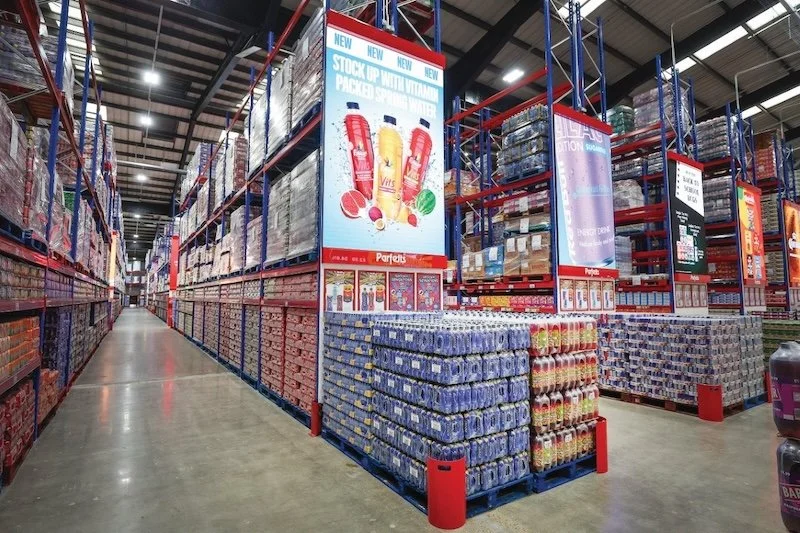Qatar 2022: The most technological World Cup ever
It should come as no surprise that this coming World Cup will look and feel different than any other. For one thing, it is the first time the sport’s foremost competition has been held in the Middle East.
That move, with the associated heat, has prompted another first, namely the tournament has been shifted to November and December, necessitating the postponement of the major football leagues.
Though football will still be front and centre of events in Doha and its environs, the technology being employed and deployed will also set this World Cup apart from all those that have preceded it.
It will be a World Cup like no other.
Connectivity
The way people can access and interact with sport is changing rapidly.
People around the world will be watching the games on their mobile devices, placing world cup bets during the games, no matter where they are. The major innovations will be felt – many literally – by those in and around the stadium however.
Around each of the eight venues, there will be ElPalm installations which provide shade as well wireless connectivity and charging for any mobile device, cooling mist sprays and Wi-Fi. The electricity that powers these installations comes from in-built solar and bifacial photovoltaic panels.
Cool runnings
The fact the tournament is being held in what is essentially a desert, has been a cause for concern, for the welfare of both players and spectators. Once again, technology has stepped in. Seven of the eight stadiums come complete with air conditioning.
The purpose designed and built systems will provide purified and cooled air for fans, courtesy of grills integrated within the stands. Similarly, nozzles will pump cool air onto the pitch. In a country where sunshine is never in short supply, the systems will run on solar energy.
For any country that hosts a World Cup, or indeed any huge sporting event, there is always the issue of a legacy, and what happens to the billion dollars’ worth of venues that will have been built for just that four or five weeks of competition.
For a country like Qatar which just doesn’t have a domestic league that warrants such huge arenas, that is even more pertinent. One way to deal with that is exactly what is happening with one of their grounds, Stadium 974.
They will deconstruct it when the tournament is over, making it the first stadium ever to host a World Cup game that is designed in that way.
Due to its location on the coast, and hence being able to benefit from any cooling breeze that offers, Stadium 974 is also the one venue that does not have the air conditioning.
A whole new ball game
Football and technology are intrinsically linked at the top levels.
The game has come a long way from when a group of men used to kick a pig’s bladder around a field.
The football for the Qatar World Cup, the Al Rihla, incorporates the Adidas Suspension System, which features a motion sensor and communicates with another first, FIFA’s Semi-automated Offside Technology.
It is hoped this will eliminate some of the protracted decisions around whether a player is offside or not, which have plagued the introduction of VAR in many leagues.
A system dubbed “Bonocle” will allow visually impaired fans to feel part of the action like never before, converting all the digital content written about the tournament into braille.
With the World Cup coming every four years, and with the pace of technological development being what it is, such innovations will likely become the norm.
Who knows, it may not be that long before we are talking about the first time the tournament is being held in the metaverse, the first steps of which may already have been put in place.

















Continue reading…